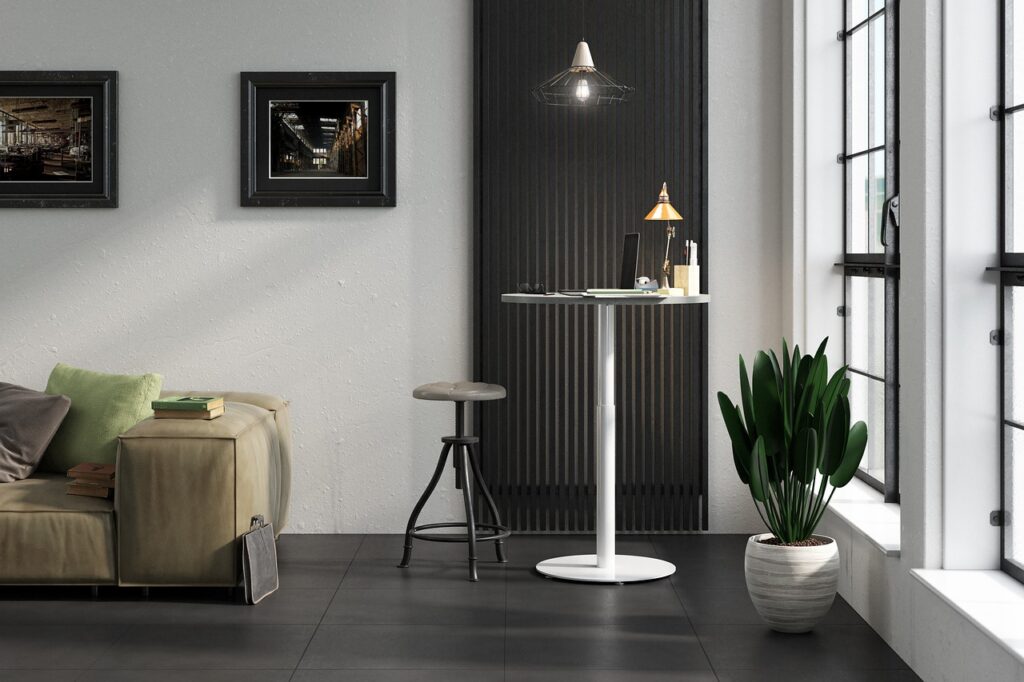In today’s environmentally conscious world, sustainable practices have become a significant consideration across various industries, including commercial interior design. As the demand for eco-friendly spaces continues to grow, commercial interior design companies are increasingly incorporating sustainable materials into their projects. This article will explore the significance of sustainable materials in commercial interior design, their benefits, and how they can be effectively implemented.
The Rise of Sustainable Materials in Commercial Interior Design
The commercial interior design industry has witnessed a paradigm shift towards sustainability in recent years. With growing awareness about the environmental impact of traditional design practices, companies are embracing eco-friendly alternatives to create spaces that are both aesthetically pleasing and environmentally responsible.
Benefits of Sustainable Materials
Environmental Impact Reduction
Sustainable materials minimize environmental harm by using renewable resources, reducing energy consumption, and minimizing waste. By choosing sustainable options, commercial interior design companies can contribute to the overall sustainability goals and reduce the industry’s carbon footprint.
Health and Well-being
Sustainable materials often have low or no volatile organic compounds (VOCs), which are known to have detrimental effects on indoor air quality and human health. By using eco-friendly materials, commercial spaces can provide healthier environments for employees and visitors alike.
Enhanced Brand Image and Reputation
Incorporating sustainable materials in commercial interior design demonstrates a company’s commitment to environmental responsibility. This commitment can enhance the brand image, attract environmentally conscious clients, and differentiate a commercial interior design company from its competitors.
Popular Sustainable Materials in Commercial Interior Design
Bamboo
Bamboo is a versatile and rapidly renewable material that has gained popularity in commercial interior design. It is known for its strength, durability, and aesthetic appeal. Bamboo can be used for flooring, furniture, wall coverings, and more, providing a sustainable and stylish alternative to traditional materials.
Recycled and Reclaimed Materials
Utilizing recycled and reclaimed materials, such as reclaimed wood, recycled plastics, or repurposed metal, is an excellent way to reduce waste and give new life to discarded materials. These materials add unique character to commercial spaces while promoting sustainability.
Low VOC Paints and Finishes
Conventional paints and finishes often contain high levels of VOCs, which can contribute to poor indoor air quality. Choosing low VOC alternatives not only improves the air quality but also reduces environmental impact.
Cork
Cork is a renewable material that comes from the bark of cork oak trees. It is an excellent choice for flooring, wall coverings, and acoustic panels. Cork’s natural properties, such as thermal insulation and acoustic absorption, make it an eco-friendly and versatile option for commercial interior design.
Implementing Sustainable Materials in Commercial Interior Design
Collaboration with Suppliers
Commercial interior design companies should collaborate with suppliers who prioritize sustainability. By partnering with eco-conscious manufacturers and suppliers, designers gain access to a wide range of sustainable materials and products.
Life Cycle Assessment
Conducting a life cycle assessment helps assess the environmental impact of materials and products throughout their entire life cycle. It enables designers to make informed decisions and choose materials with the lowest environmental footprint.
Integrating Innovative Design Solutions
Innovative design solutions, such as modular and adaptable furniture systems, can promote sustainability in commercial interior design. These solutions allow for easy disassembly, reuse, and reconfiguration, minimizing waste and extending the lifespan of materials.
Conclusion
Sustainable materials are revolutionizing the commercial interior design industry. Their use not only reduces environmental impact but also provides numerous benefits, including improved indoor air quality, enhanced brand image, and reduced energy consumption. By embracing eco-friendly alternatives, commercial interior design companies can create aesthetically pleasing spaces while contributing to a more sustainable future.
Incorporating sustainable materials in commercial interior design is a collaborative effort between designers, suppliers, and clients. With the right approach and a commitment to sustainability, commercial interior design companies can lead the way in creating environmentally responsible and visually appealing spaces.
Remember, when seeking a commercial interior design company, choose one that prioritizes sustainable materials to create spaces that align with your eco-friendly values and contribute to a greener future.





